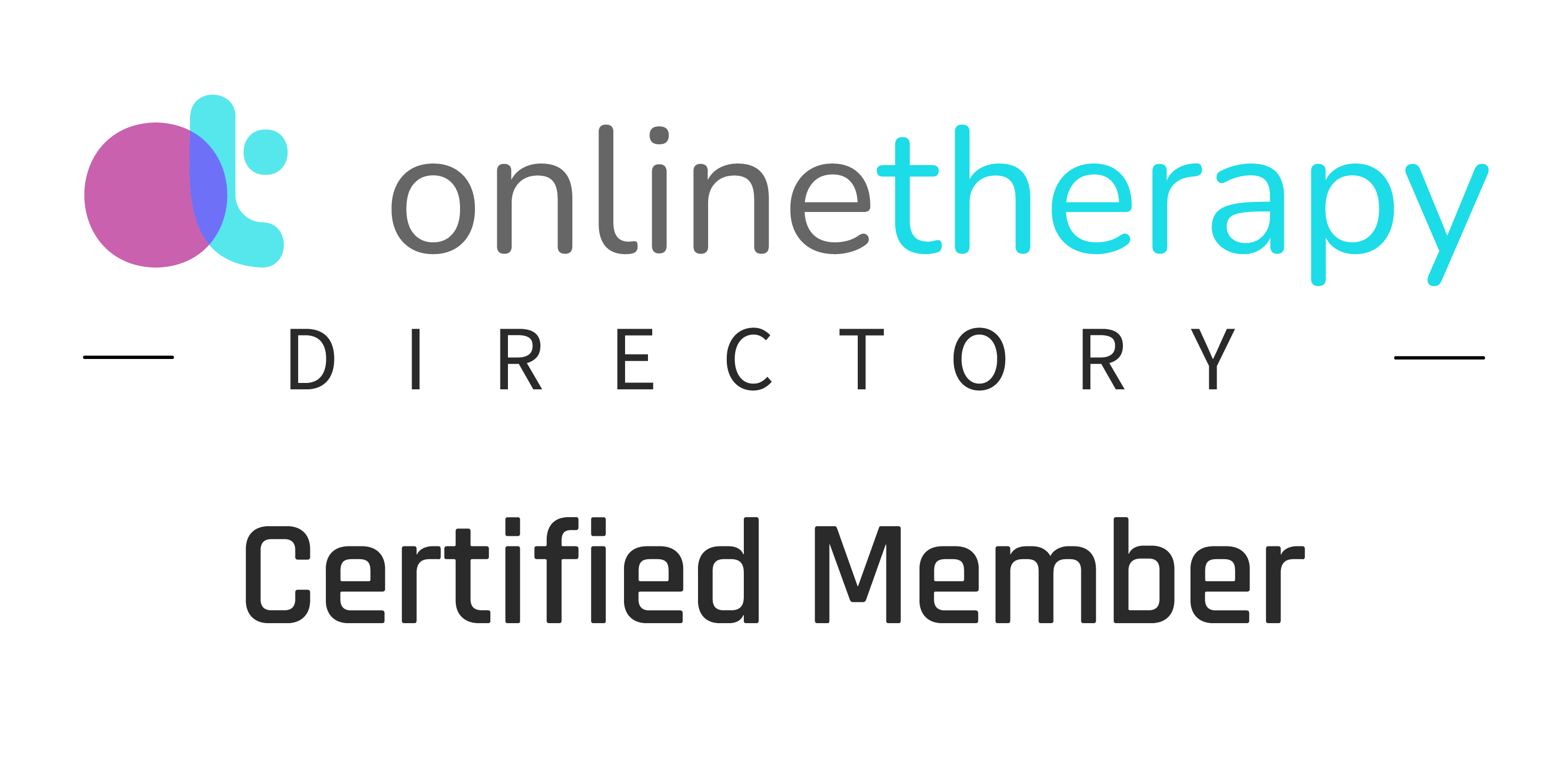Unraveling the Tangle: Understanding Emotional Dysregulation and Its Origins
In the realm of mental health, the term "emotional dysregulation" often surfaces as a crucial concept, yet it's one that can easily be misunderstood. Emotional dysregulation refers to difficulties in managing and responding to emotional experiences, often resulting in reactions that seem out of proportion to the triggering event. While it's not a diagnosis in itself, emotional dysregulation is a significant symptom that cuts across various mental health conditions. Understanding its roots and manifestations is essential for anyone seeking to improve their emotional health and well-being.
What Is Emotional Dysregulation?
Emotional dysregulation is more than just feeling moody or having a bad day. It represents a consistent struggle to control or regulate emotional responses in a way that is appropriate for the situation at hand. For instance, someone with emotional dysregulation might find themselves overwhelmed by a wave of anger over a minor inconvenience or feel despair when faced with a slight criticism. These intense emotional responses can disrupt daily life, making it hard for individuals to navigate relationships, work, or personal goals.
When emotions are dysregulated, a person might experience:
Intense emotional reactions that seem out of proportion to the triggering event.
Frequent mood swings, where emotions change rapidly and unpredictably.
Difficulty returning to a calm state after becoming upset.
Persistent feelings of emptiness or hopelessness.
Struggles with self-soothing, often leading to impulsive or harmful behaviors as a way to manage overwhelming emotions.
The Neuroscience of Emotional Dysregulation
To truly understand emotional dysregulation, we must look at how the brain processes and manages emotions. This is a complex interplay involving several key areas of the brain, each contributing to how we perceive and respond to emotional stimuli.
The Amygdala: The Brain’s Alarm System
The amygdala is often described as the brain's "alarm system." It detects potential threats and triggers an immediate emotional response. In those with emotional dysregulation, the amygdala may overreact to stimuli, interpreting benign situations as threats. This hyperactivity can lead to heightened emotional responses, such as panic or rage, even when the situation does not warrant such intensity.
The Hippocampus: Keeper of Memories
The hippocampus plays a critical role in processing and storing memories, particularly those involving emotions. When the hippocampus is overactive or functioning irregularly, it may trigger emotional responses based on past traumas rather than current realities. This means that old wounds can resurface unexpectedly, influencing how one reacts to present situations.
The Prefrontal Cortex (PFC): The Brain’s Regulator
The prefrontal cortex (PFC) is responsible for higher-level functions such as reasoning, problem-solving, and, crucially, regulating emotions. In individuals with emotional dysregulation, this area may be underactive or poorly connected with other brain regions, making it difficult to manage emotional impulses and reactions effectively.
The Anterior Cingulate Cortex (ACC): The Conflict Resolver
The anterior cingulate cortex (ACC) is involved in error detection, conflict monitoring, and emotional regulation. It helps us focus attention and manage emotional responses to perceived mistakes or conflicts. When the ACC is dysregulated, emotional reactions can be exaggerated, making it hard to navigate everyday challenges calmly and rationally.
These brain regions work together in a delicate balance to regulate our emotions. When this balance is disrupted—whether by genetic factors, early life experiences, or ongoing mental health conditions—emotional dysregulation can occur. By understanding these underlying mechanisms, we can better appreciate the challenges faced by those struggling with emotional dysregulation and develop more effective strategies for managing it.
The Origins of Emotional Dysregulation
Emotional regulation is not something we're born knowing how to do; it's a skill developed over time, influenced by a variety of factors. Understanding the roots of emotional dysregulation can help us identify why someone might struggle with this issue and what can be done to address it.
Early Life Experiences: The Blueprint for Emotional Regulation
Our ability to regulate emotions starts in childhood, as we learn to manage our feelings through interactions with caregivers. Children rely on their caregivers to help them navigate emotional experiences. When caregivers are attentive and responsive, children learn to self-soothe and develop healthy emotional regulation skills. However, if a child's emotional needs are inconsistently met or neglected, they may struggle to develop these crucial skills, leading to difficulties in emotional regulation later in life.
Trauma: The Lasting Impact of Adverse Experiences
Traumatic experiences, especially those that occur in childhood, can significantly disrupt the development of emotional regulation. Trauma can cause the body’s stress response system to become overactive, leading to heightened emotional reactivity. The brain may remain on high alert, always ready to react to perceived threats, making it difficult to manage emotions in a balanced way.
Neurobiology: The Genetic and Biological Foundations
Some individuals may be biologically predisposed to emotional dysregulation. Research has shown that differences in brain structure and function can contribute to these challenges. For example, variations in the size and activity of the amygdala or PFC may make some people more prone to intense emotional responses. Additionally, genetic factors can influence how the brain processes emotions, making some individuals more vulnerable to emotional dysregulation.
Mental Health Disorders: The Symptom Overlap
Emotional dysregulation is a common feature of several mental health disorders, including borderline personality disorder (BPD), attention-deficit/hyperactivity disorder (ADHD), bipolar disorder, and post-traumatic stress disorder (PTSD). In these cases, emotional dysregulation is often a symptom of the underlying condition, making it essential to address both the dysregulation and the root disorder in treatment.
Strategies for Managing Emotional Dysregulation
While emotional dysregulation can be challenging, it is not insurmountable. With the right tools and strategies, individuals can learn to manage their emotions more effectively, leading to improved relationships, better decision-making, and a greater sense of inner peace.
Mindfulness: Cultivating Present-Moment Awareness
Mindfulness is a powerful tool for managing emotional dysregulation. By focusing on the present moment without judgment, mindfulness helps individuals observe their emotions without being overwhelmed by them. This practice encourages a deeper awareness of one's thoughts and feelings, allowing for a more measured response to emotional triggers.
Cognitive-Behavioral Techniques: Reframing Thought Patterns
Cognitive-behavioral therapy (CBT) offers practical tools for managing emotional dysregulation. Through CBT, individuals learn to identify and challenge unhelpful thought patterns that contribute to emotional distress. By reframing these thoughts, they can develop healthier responses to emotional triggers, reducing the intensity and frequency of dysregulated emotions.
Dialectical Behavior Therapy (DBT): Building Emotional Resilience
Dialectical behavior therapy (DBT) is specifically designed to help individuals with severe emotional dysregulation. DBT combines cognitive-behavioral techniques with mindfulness practices, teaching skills in four key areas: mindfulness, distress tolerance, emotion regulation, and interpersonal effectiveness. These skills empower individuals to manage intense emotions more effectively and build stronger, more resilient relationships.
Emotion-Focused Therapy (EFT): Enhancing Emotional Intelligence
Emotion-focused therapy (EFT) aims to help individuals understand, express, regulate, and transform their emotions. By increasing emotional intelligence, EFT helps individuals navigate their emotions more effectively, leading to healthier emotional regulation and improved interpersonal relationships.
Relaxation Techniques: Finding Calm Amidst the Storm
Relaxation techniques, such as deep breathing, progressive muscle relaxation, and guided imagery, can help reduce the intensity of emotional responses. These practices promote a sense of calm and can be particularly useful during moments of heightened emotional distress.
Physical Activity: Moving Towards Emotional Balance
Regular physical activity is not only good for physical health but also plays a crucial role in emotional regulation. Exercise can reduce feelings of anxiety and depression, improve mood, and serve as a natural stress reliever. Incorporating physical activity into your daily routine can help you maintain emotional balance.
Self-Care: The Foundation of Emotional Well-being
Taking care of your body is a fundamental part of managing emotional dysregulation. Regular sleep, a balanced diet, and staying hydrated are essential for maintaining emotional stability. By prioritizing self-care, you provide your body and mind with the resources they need to manage emotions effectively.
Social Support: The Power of Connection
Human beings are inherently social creatures, and having a strong support system is vital for emotional well-being. Connecting with supportive and understanding people can help you feel less alone in your struggles, providing a sense of belonging that is essential for emotional health.
Professional Help: Navigating the Journey Together
If emotional dysregulation is significantly impacting your life, seeking professional help is a crucial step. A mental health professional can offer guidance, therapeutic interventions, and, if necessary, medication to help manage your emotions. Therapy provides a safe space to explore your feelings, develop coping strategies, and work towards emotional balance.
Self Reflection Prompts
Identifying Triggers: What situations or experiences tend to trigger my most intense emotional reactions?
Understanding My Patterns: How do I typically respond when I feel emotionally overwhelmed, and what impact does that have on my life?
Exploring Past Influences: How might my early life experiences or past traumas be affecting my emotional regulation today?
Current Coping Strategies: What coping mechanisms do I use to manage my emotions, and are they healthy and effective?
Setting Goals for Growth: What specific steps can I take to improve my emotional regulation, and how will I track my progress?
The Path Forward
Emotional dysregulation can be a formidable challenge, but it is not a life sentence. With the right understanding, tools, and support, you can learn to manage your emotions effectively and lead a more balanced and fulfilling life. Remember, it's okay to ask for help, and you're not alone on this journey. By taking proactive steps towards emotional regulation, you are investing in your mental health and overall well-being. Together, we can untangle the complexities of emotional dysregulation and pave the way to a brighter, more balanced future.













